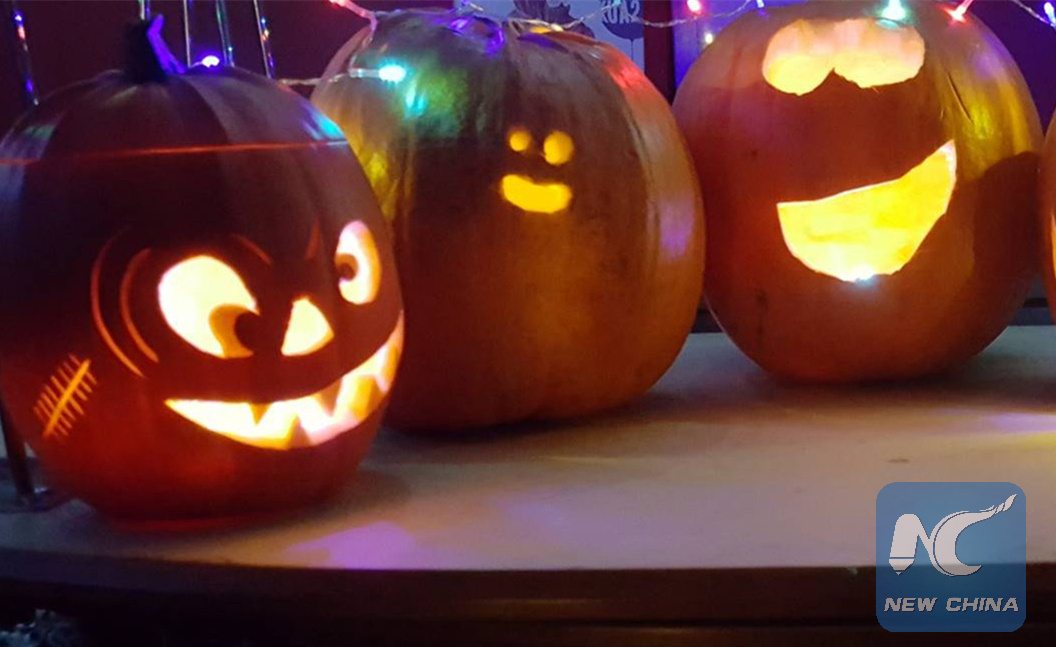
By Ru Ge
I sank into a fluffy sofa with a cold beer in my hand and smiled back to my bartender friend who whispered to me "the beer is on the house." Natasha Thomas' song "I'm just a little bit shy" blared from the stereos and a few students were dancing along. When I got used to the dim lighting in the "Friday Bar," which is a haunt for Asian Studies students at Copenhagen University (although the bar also welcomes other international students), I started to chat with some friends on the next sofa. I felt cozy and warm.
"It is really hyggelig, isn't it?" the bartender friend asked me (hyggelig is the adjective form of hygge; the Danish dictionary entry is "rar og behagelig", or "nice and comfortable"). This was the first time I really understood the Danish word "hygge." It's a mixed feeling of warmth, comfort, togetherness and delight. Sometimes, togetherness is not essential, because one can hygge ("hygge" can be both a noun and a verb) by himself as well.

Friday Bar in Copenhagen University (Photo from Barstionen Tors Facebook account)
I remembered I once watched a video on a Danish website. In that video, a reporter tried to interview Danes from different age and gender groups asking "what's hygge?". Each person gave a different answer, but in essence, their replies were much the same.
A young lady said that it's enjoying a bowl of delicious porridge at a really cozy café called Grøn at the multicultural area known as Nørrebro in Copenhagen. This can arouse childhood memories of her mom cooking porridge for her.
A young man admitted it's lying under a warm blanket and watching a new episode of the American TV series CSI, while at the same time drinking a Latte and eating a bar of chocolate, especially when it's cold and dark outside.
For an elderly man, it's when a man comes home from work and sees that his wife is waiting for him to come back to enjoy a candlelight dinner together. A lady in her sixties said that it's eating a lot of sweet stuff such as candies, chocolates and cakes during Christmas time with her beloved kids and grandchildren. All of these answers have one thing in common: the people are having a great time when experiencing "hygge." When they hygger (present tense) themselves, all of their pains and worries melt away and they just savor the present moment of pleasure and comfort.
Because "hygge" is a very important concept in Danish life, one can see lots of elements of "hygge" in Denmark. Beautiful, comfortable, and creatively-designed furniture is everywhere: from college activity rooms to government offices. Freshly brewed beers are sold everywhere and are greatly enjoyed by Danes from all the walks of life. Perfect work-life balance means that Danes won't stress out at work and makes their professional and personal lives both equally enjoyable. Biker-friendly infrastructure and abundant vegetation mean that Danes have a healthy and close-to-nature lifestyle. All of these contribute to an overall hyggelig and happy life.
"Hygge" in fact originates from Norway. It means "well-being" in Norwegian. But when the word was passed on to Denmark in the 18th century, it gradually became an inseparable part of Danish culture and identity, and the meaning of it changed a bit. If one has to find a close equivalent in English, it can be translated to coziness - although it's not quite precise because there are so many ideas embodied in this word. Because of its uniqueness and the difficulty of translating the concept into other languages, the word "hygge" has already been included in the Cambridge Dictionary, and ranks third in "The Vocabulary of 2016" listed by the Collins English Dictionary, just after "Brexit" and "Trumpism."
Although the social and cultural environment where the concept "hygge" has flourished is really unique, I still believe one can find "hygge" in every corner of the world as long as one enjoys every moment of their life in the present and finds pleasure in the small things.

